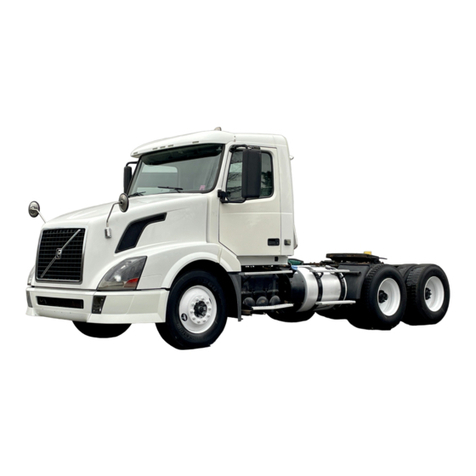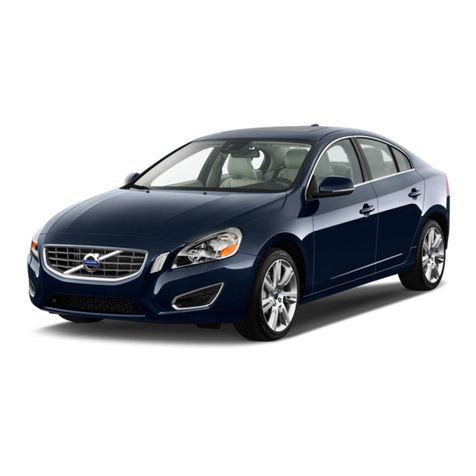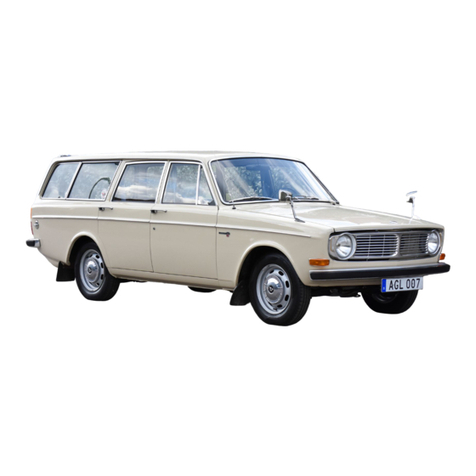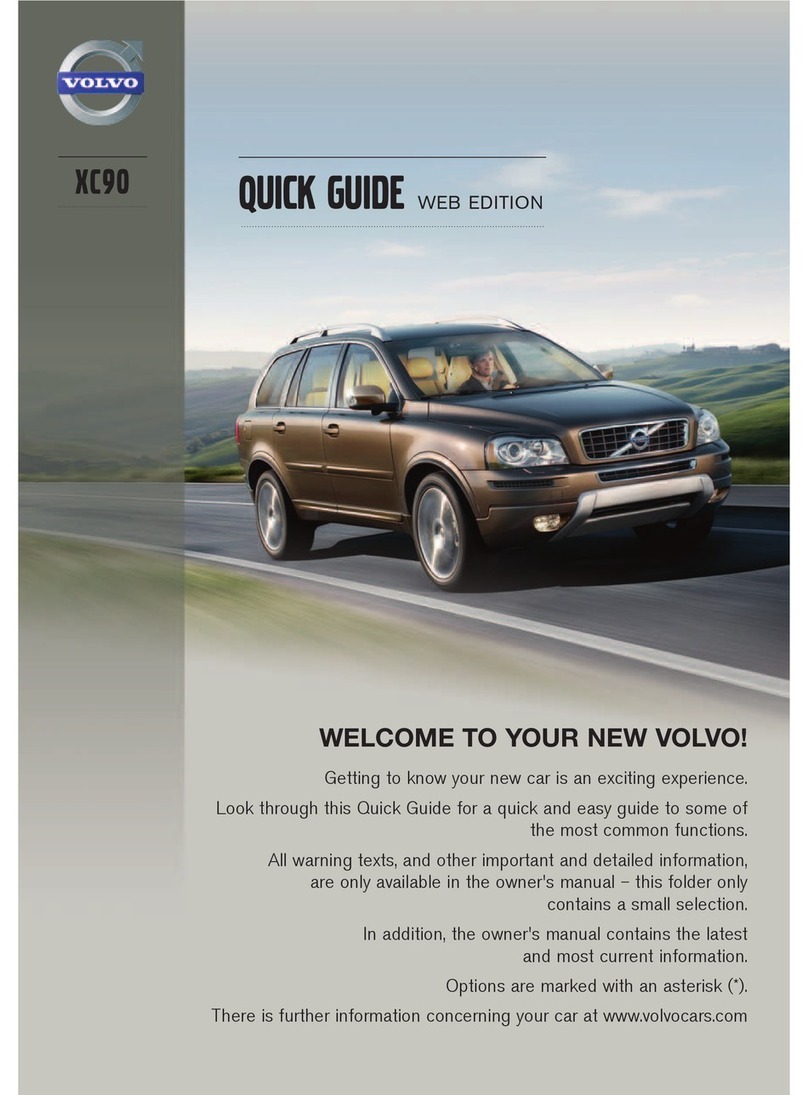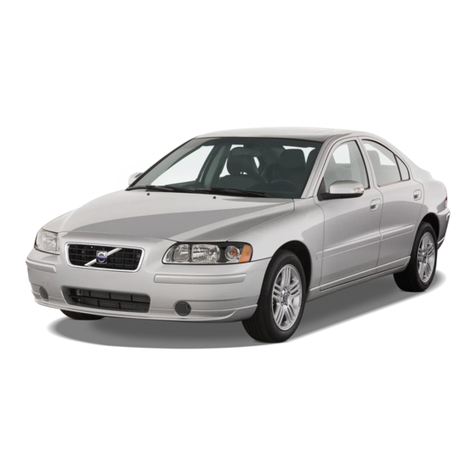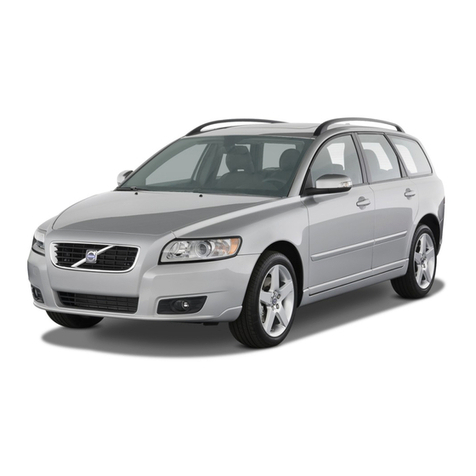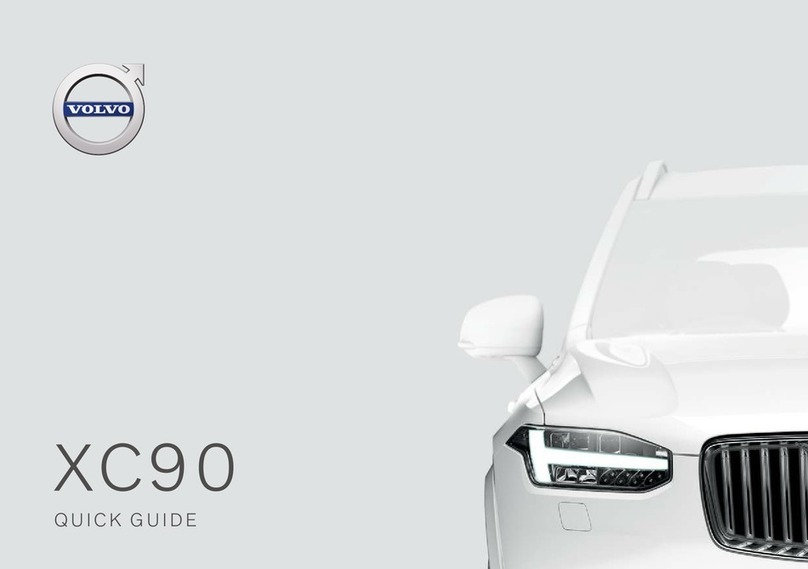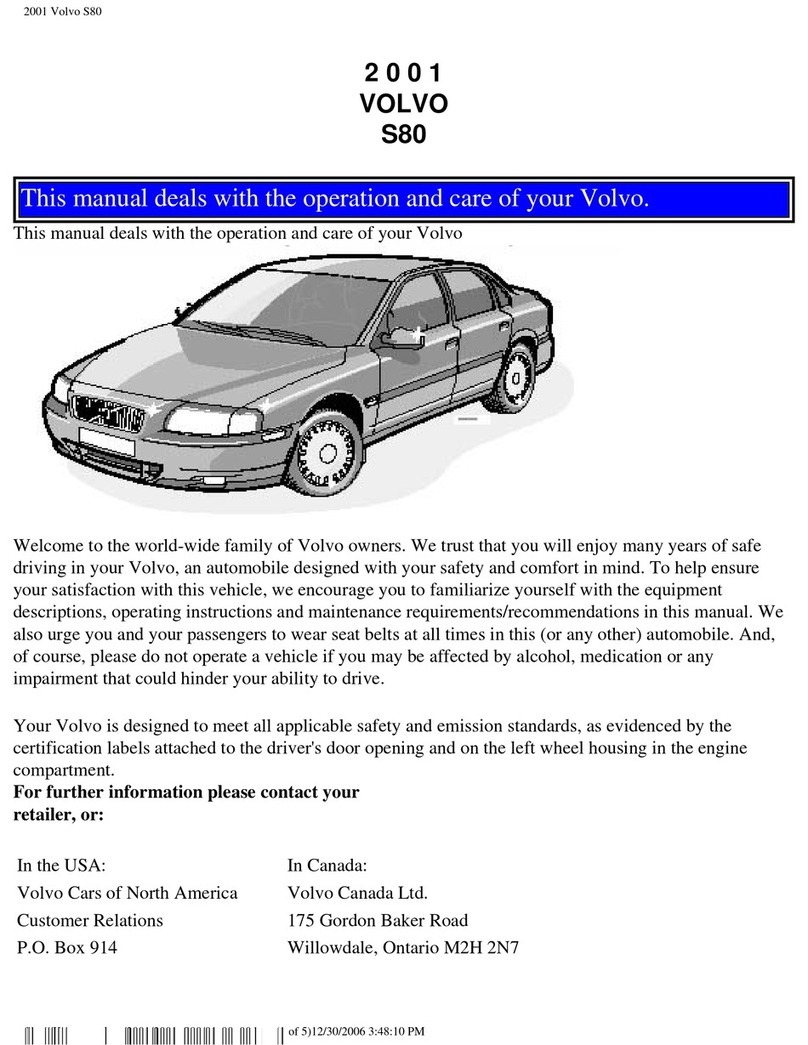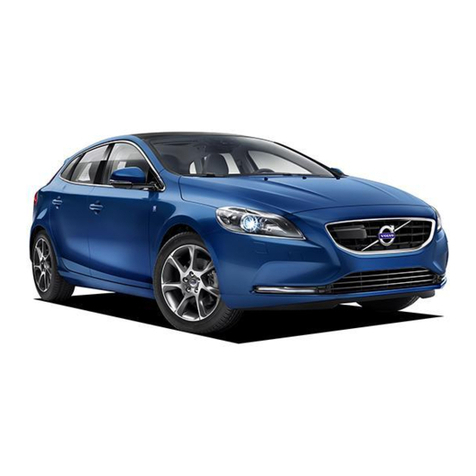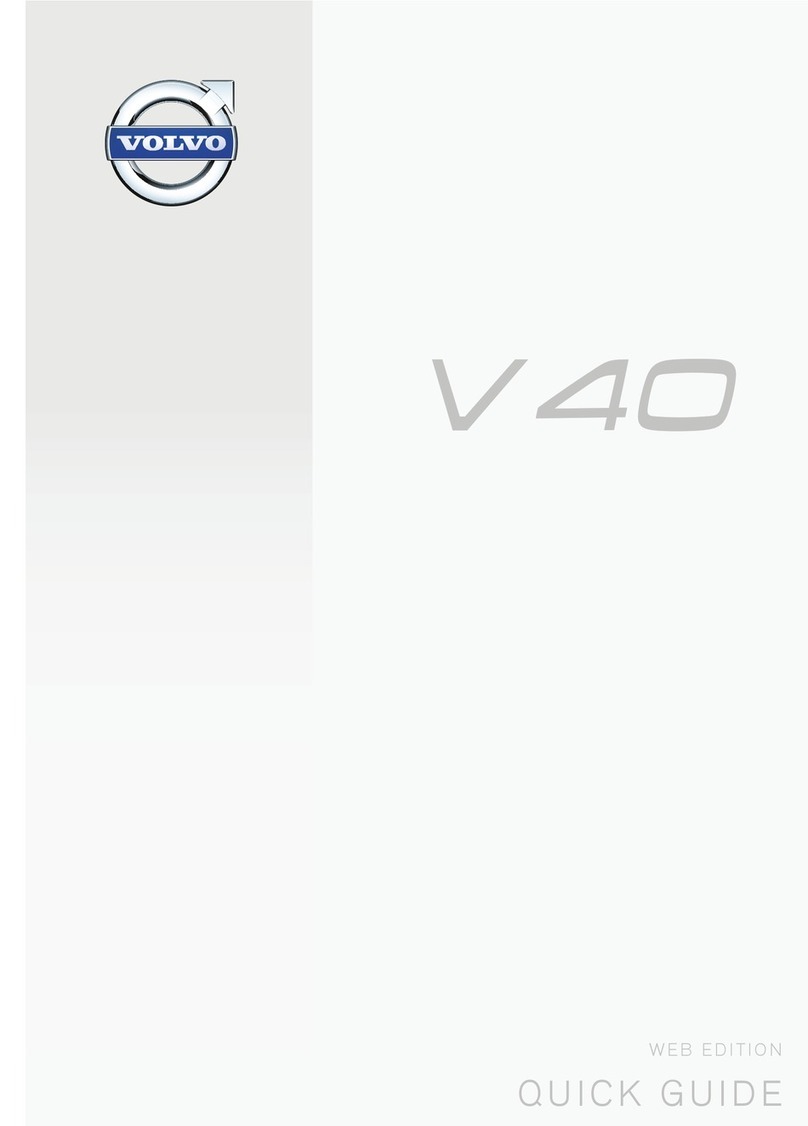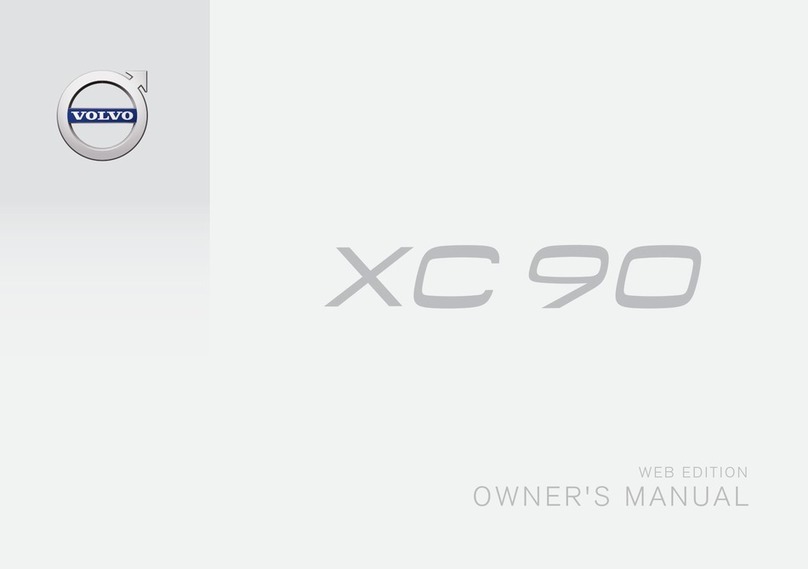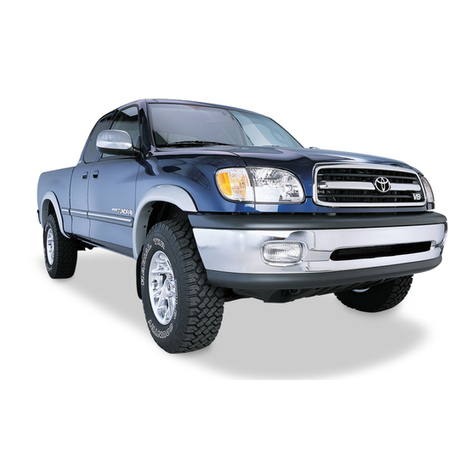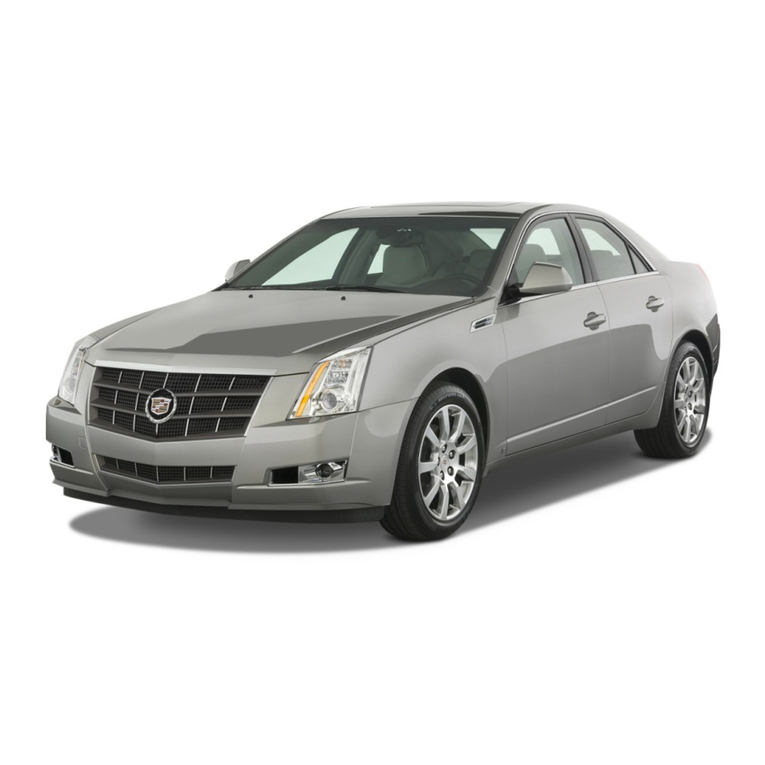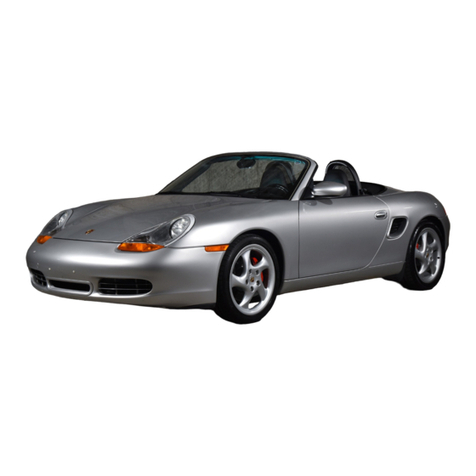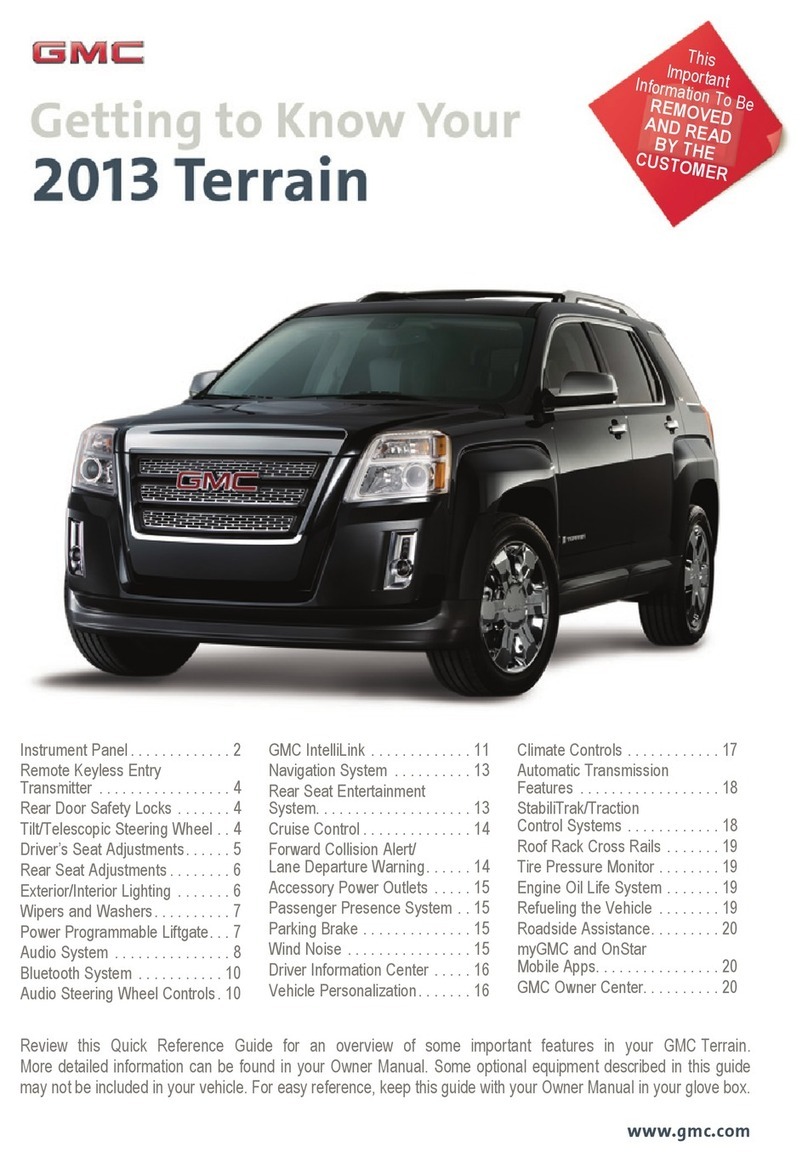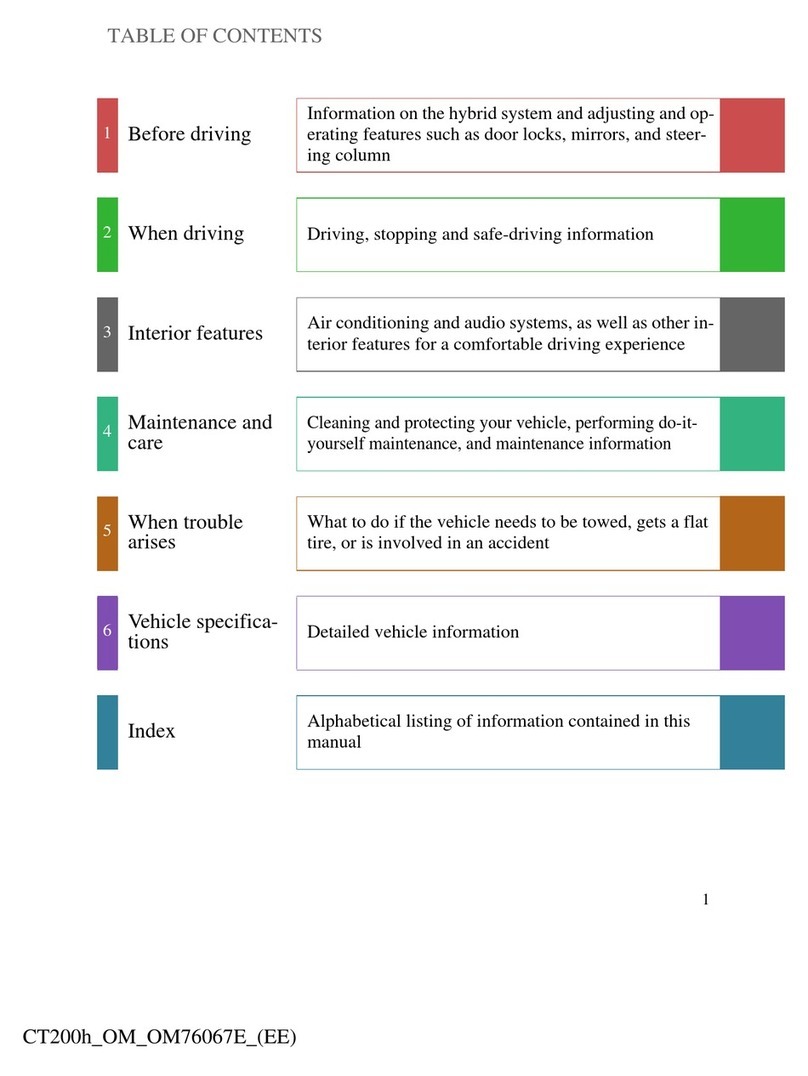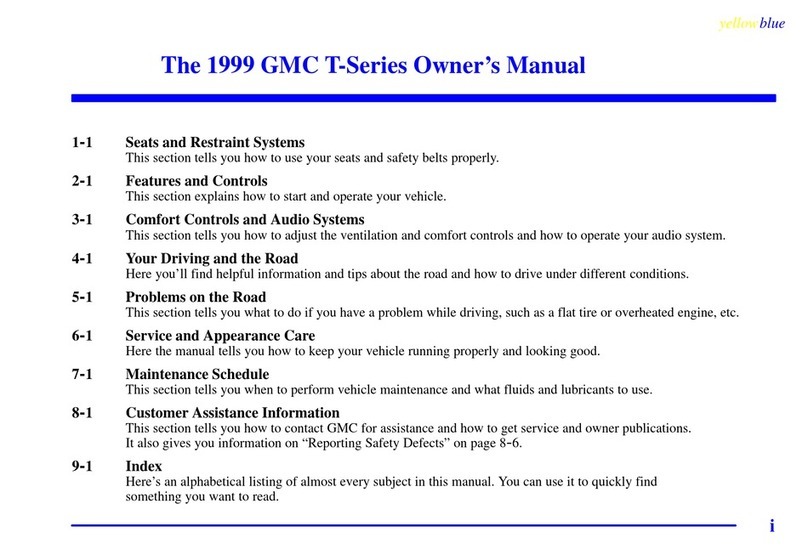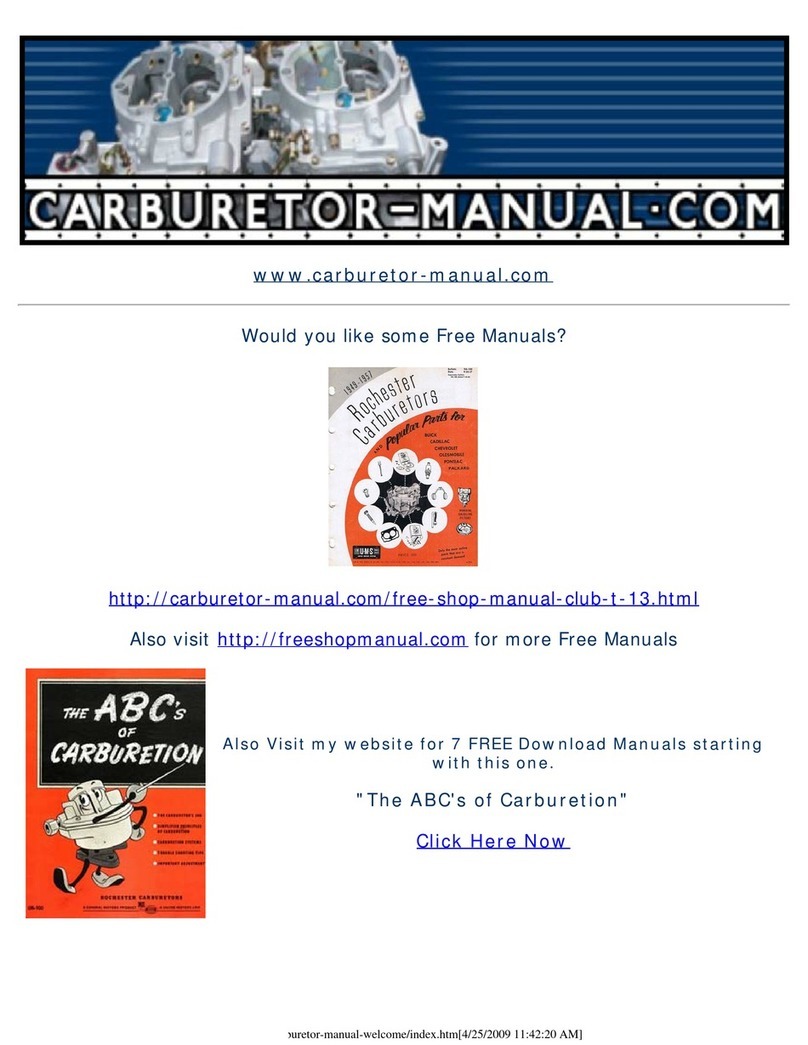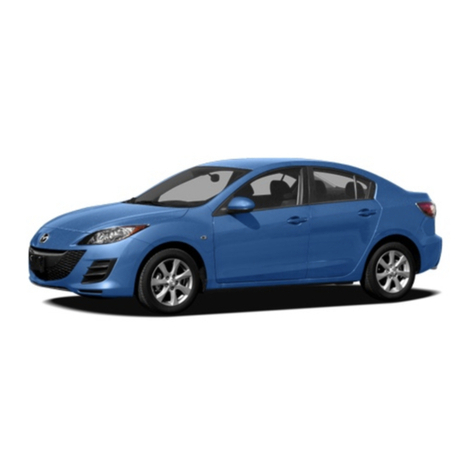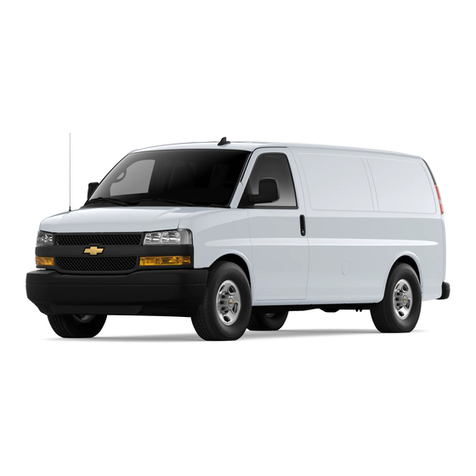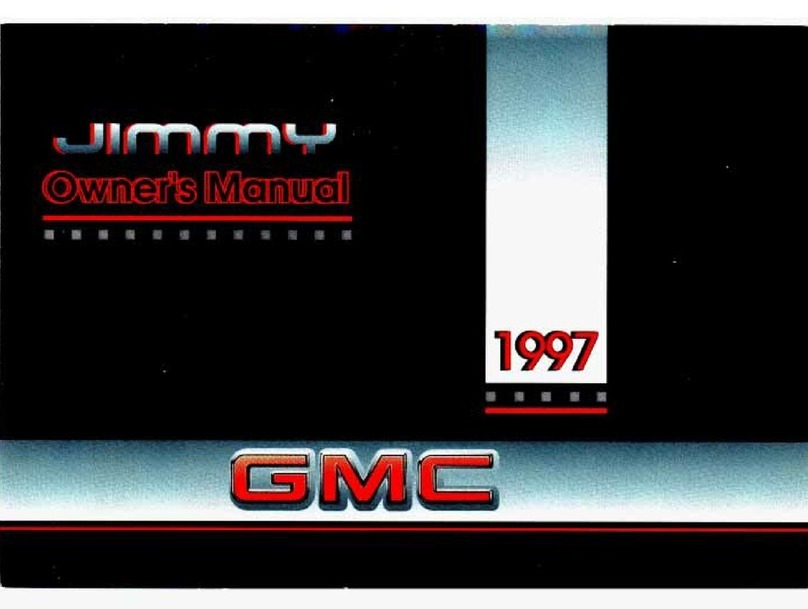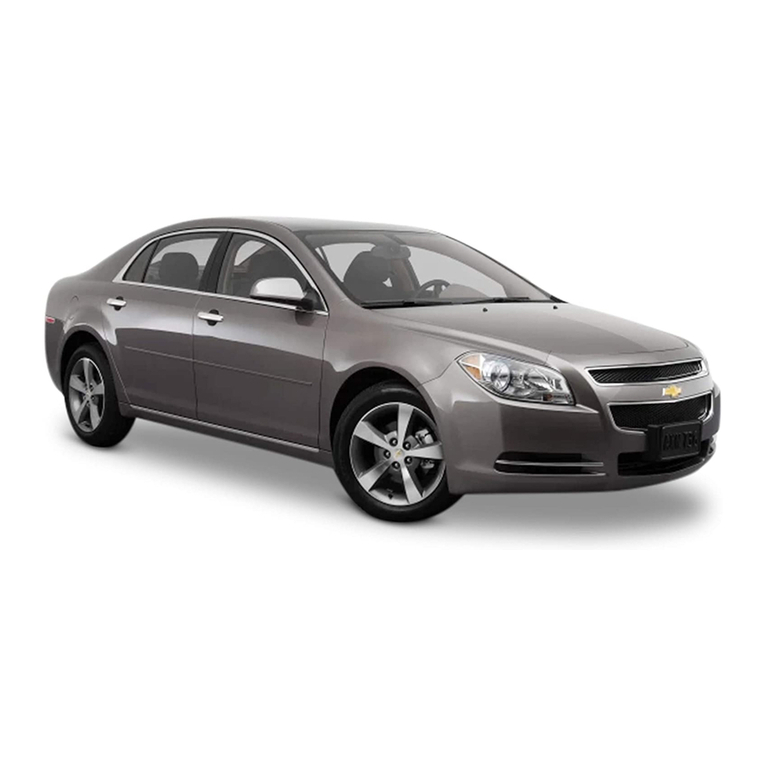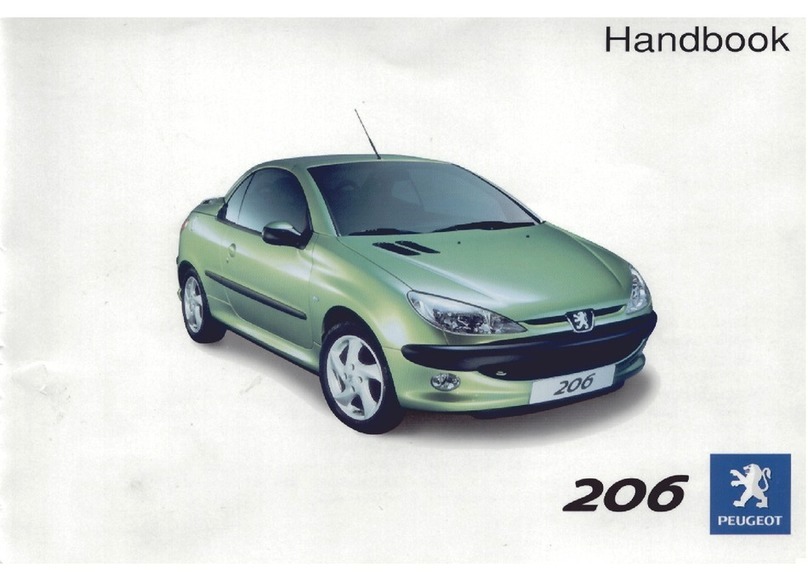Standard STD 101-0001
Volvo Group
Established December 2007 Version 4 Page 1(36)
The English language version is the original and the reference in case of dispute.
BASIC RULES FOR REPRESENTATION
Digital product-definition data practices
Orientation
This standard is based on the international standard ISO 16792:2006 and the American standard
ASME 14.41-2003.
The technical content of section 3, dealing with the combination of drawing and Digital Shape Model
(DSM), corresponds to version 3 of this standard.
This version differs from version 3 in that the title of the standard has been changed from Digital Shape Model
basis – DSM basis to Digital product-definition data practices, which is equal to the title of ISO 16792. In order to
bring the standard in line with ISO 16792, the contents have been completely re-worked and sections 2 Terms
and definitions, 4 Model-only and 5 Reference to this standard on model have been added.
Contents
1 Scope and field of application
2 Terms and definitions
3 Drawing and Digital Shape Model (DSM) in combination
3.1 Reference on drawing
4 Model-only
4.1 General model requirements
4.2 Digital Shape Model (DSM) requirements
4.3 Common requirements for product-definition data
4.4 General notes and local notes
4.5 Model values and dimensions
4.6 Datum applications
4.7 Geometrical tolerances
4.8 Surface texture
4.9 Other applications of 3-D annotation
5 References to this standard on model
1 Scope and field of application
This standard specifies requirements for the preparation and presentation of digital product-definition data,
hereafter referred to as data sets. It supports two methods of application: model-only, and model and drawing in
digital format.
Some parts of the standard are primarily intended as guidelines for IT engineers, but may also be
of general interest. These parts have been marked with the following symbol in the right-hand
margin of the standard.
The rules are intended for use within all Business units and Business areas of the Volvo Group. However, before
starting using model-only (annotated models), the method shall be approved for use within each organization in
question. For approval, this check list shall be used:
•Are all necessary functionalities implemented in the concerned CAD systems?
•Is there a clear business case (e.g. shorter lead-times, increased quality)?
•Are all down-stream systems and work processes aligned (purchasing, manufacturing, aftermarket, etc.)?

